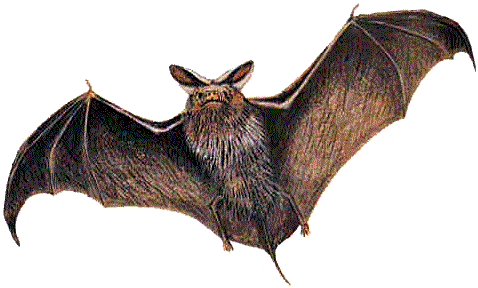Rabies Info
 What is Rabies?
What is Rabies?
Rabies is a disease of the brain and spinal cord and is caused by a virus. Rabies is a fatal disease. Rabies in humans is very rare in the U.S. but is certain in animals -especially wildlife- is common in many parts of the country and state, including Needham.
What Kinds of Animals Get Rabies?
The rabies virus can infect any mammal (if it has hair or fur, it is a mammal), but is more common among certain ones like bats, skunks, foxes, and raccoons. Cats, dogs, and livestock can also get rabies. It is very important for your pet to be up to date on his or her shots. Rabies is very rare among small rodents like squirrels, rats, mice, and chipmunks.
Fish, reptiles (such as snakes, turtles, and lizards) amphibians (such as frogs and salamanders), and insects (bugs) cannot get or spread rabies.
How is Rabies Spread?
The rabies virus lives in the saliva (spit) and nervous tissues of infected animals and is spread when they bite or scratch. The virus may also be spread if saliva from an infected animal touched broken skin, open wounds or the lining of the mouth, nose, or eyes.
How Common is Animal Rabies in Massachusetts?
Hundreds of animals are found to have rabies each year in Massachusetts. Wild animals most commonly found to be rabid include raccoons, skunks, bats, and foxes.
How Can You Tell if an Animal is Rabid?
Rabid animals often behave strangely after the virus attacks their brain. Rabid animals may attack people or other animals for no reason. They may lose their fear of people and seem to be unnaturally friendly. Not all rabid animals act in these ways, however, you should avoid all wild animals. Also, you should never feed or touch stray cats and dogs.
What Should You Do if You Think You've Been Exposed to Rabies?
If you have been bitten or scratched by a stray or wild animal, or by a pet or farm animal, follow these steps:
- Wash the wound with soap and water right away!
- Call your health care provider. Once your health care provider is notified about the bite or scratch, they commonly call or fax a report to the Board of Health. Please ask them if they are, so if not you can notify them.
- Contact Animal Control to catch or find the animal that scratched or bit you. Important steps need to be taken to find out if the animal is up to date on shots, or if a wild animal needs to be found, caught, and brought for testing at the state lab.
If your pet has been bitten or scratched by an animal that you think may be rabid, put on gloves before touching your pet. Follow the steps above but call your pets veterinarian instead of your own doctor.
